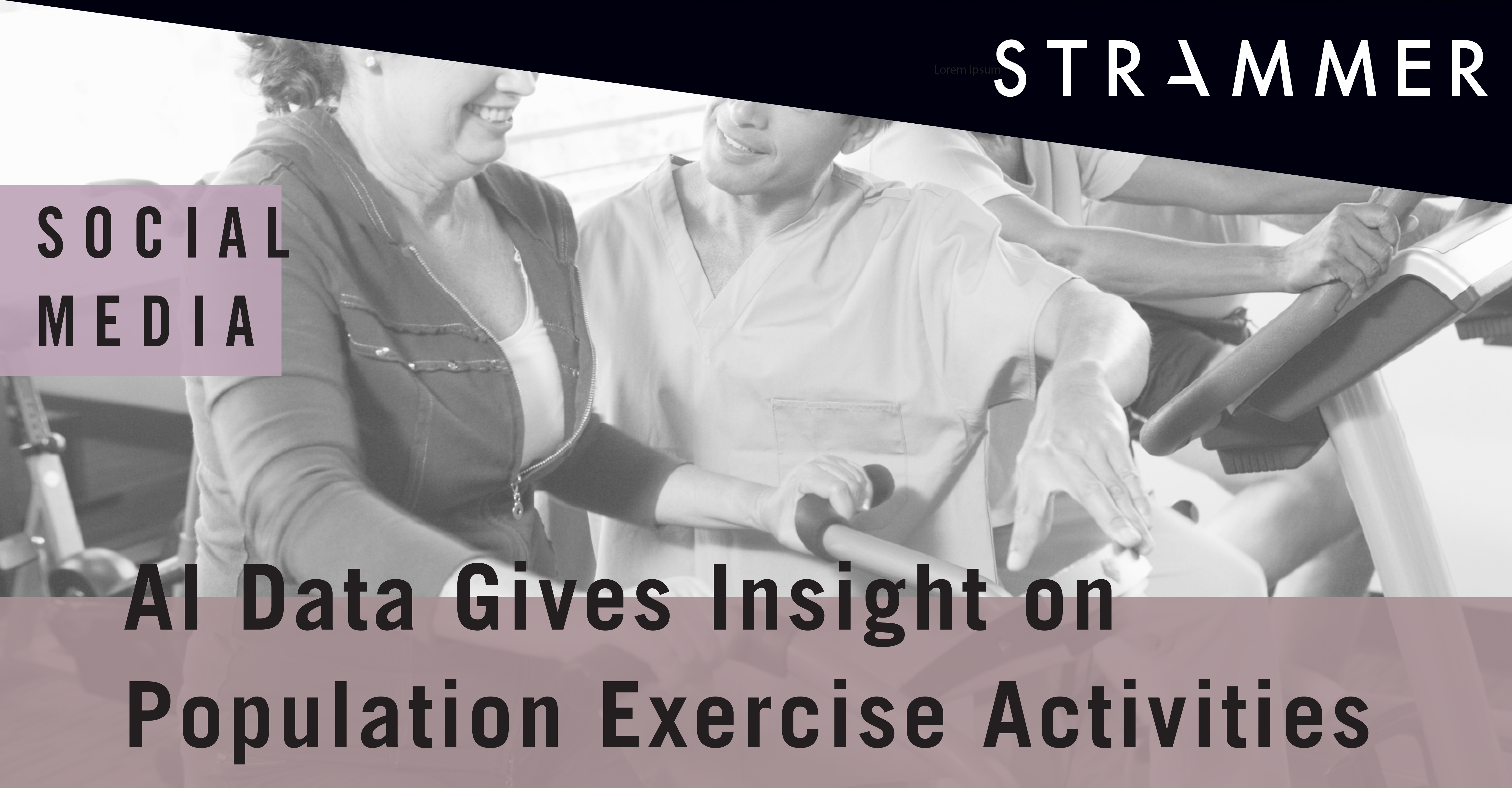AI Data Gives Insight on Population Exercise Activities
We know the importance of exercising. We are aware of its health benefits, for our physical and mental health. We are heavily advised by medical professionals to remain active. Regardless of this, 2017 recorded about 28% of people, who are aged 16 or over from the European Union (EU), did not do any exercise outside working hours. Fortunately, the remaining 72% performed at least 3, 5 or more hours of exercise.
In an attempt to lessen the number of those who remain inactive, a team of researchers from Boston University- School of Public Health, used social media AI data to shine some light on how the population remains active as well as their attitude towards physical exercise. Using readily available public data, the team conducted a study on a social media platform, Twitter, with 481,146 users (44.3% females and 55% males) among 2,900 countries between the period of 2015 and 2016. The data were retrieved and processed using a digital computing model, Twitter streaming application interface (API), based on a set of 376 keywords extracted from sports-fit digital apps and questionnaires. To keep data accurate and reliable, that is, at an 85% accuracy rate, an algorithm was used to filter relevant tweet content.
Some of the findings were revealed as follows:
♦ Both men and women within all regions enjoyed walking.
♦ Among men, 68% of tweets showed interest to gym-based activities, in contrast to 4.13% in women.
♦ Yoga peaked at 6% among women, while CrossFit, a well-branded fitness regimen, came in second with 14.91% among men.
Interestingly, researchers were able to pinpoint a trend among the sample which can explain the variation in exercising amidst population levels. For example, women from the West, performed more intensive exercise routines while the same was said for men in the Midwest. However, the numbers were significantly lower in the southern regions. Senior Researcher and Ph.D. Assistant Professor of Global Health at Boston University, Elaine Nsoesie, commented;
“In most cases, lower-income communities tend to lack access to resources that encourage a healthy lifestyle.”
The study ultimately has served its purpose, that is, to use digital data to be able to determine population health habits as well as common health trends. This information will be able to identify the regions prone to or at risk of certain chronic diseases. Elaine Nsoesie further confirmed this by saying;
“By understanding the differences in how people are exercising across different communities, we can design interventions that target the specific needs of those communities.”
References:
- The Top 10 Benefits of Regular Exercise, February 2017, HealthLine
- Social media captures demographic and regional physical activity, BMJ Journals
- AI Model, Twitter Data Provide Population Level View of Physical Activity, July 2019, IDigitalHealth
- Regular exercising has a strong impact on your life, 2019, STRAMMER
- How much exercise do you do in a week?, 2019, Eurostat





